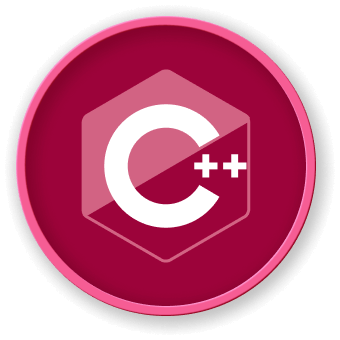Namespace Fundamentals
What is a Namespace?
In C++, a namespace is a declarative region that provides a scope for identifiers such as names of types, functions, variables, etc. Namespaces are used to organize code into logical groups and to prevent name collisions that can occur especially when your code base includes multiple libraries.
Basic Namespace Declaration
namespace MyNamespace {
int globalVariable = 10;
void myFunction() {
// Function implementation
}
class MyClass {
public:
void memberFunction() {
// Class method implementation
}
};
}
Accessing Namespace Elements
There are several ways to access elements within a namespace:
1. Scope Resolution Operator (::)
int main() {
int value = MyNamespace::globalVariable;
MyNamespace::myFunction();
MyNamespace::MyClass obj;
obj.memberFunction();
return 0;
}
2. Using Directive
using namespace MyNamespace;
int main() {
int value = globalVariable; // Direct access without namespace prefix
myFunction();
MyClass obj;
return 0;
}
3. Using Declaration
using MyNamespace::myFunction;
int main() {
myFunction(); // Directly call the function
return 0;
}
Nested Namespaces
Namespaces can be nested to create more complex organizational structures:
namespace OuterNamespace {
namespace InnerNamespace {
void nestedFunction() {
// Implementation
}
}
}
// Accessing nested namespace
OuterNamespace::InnerNamespace::nestedFunction();
Standard Namespace
The most common namespace in C++ is the standard namespace:
#include <iostream>
int main() {
std::cout << "Hello from LabEx C++ Tutorial!" << std::endl;
return 0;
}
Namespace Best Practices
| Practice |
Description |
Avoid using namespace std; |
Prevents potential name conflicts |
| Use specific using declarations |
Limits scope of imported names |
| Create logical groupings |
Organize code effectively |
Anonymous Namespaces
Anonymous namespaces provide a way to create internal linkage:
namespace {
int privateVariable = 100;
void internalFunction() {
// Accessible only within this translation unit
}
}
Namespace Visualization
graph TD
A[Namespace] --> B[Variables]
A --> C[Functions]
A --> D[Classes]
A --> E[Nested Namespaces]
By understanding these namespace fundamentals, developers can create more organized, modular, and conflict-free C++ code. LabEx recommends practicing these concepts to improve your programming skills.




